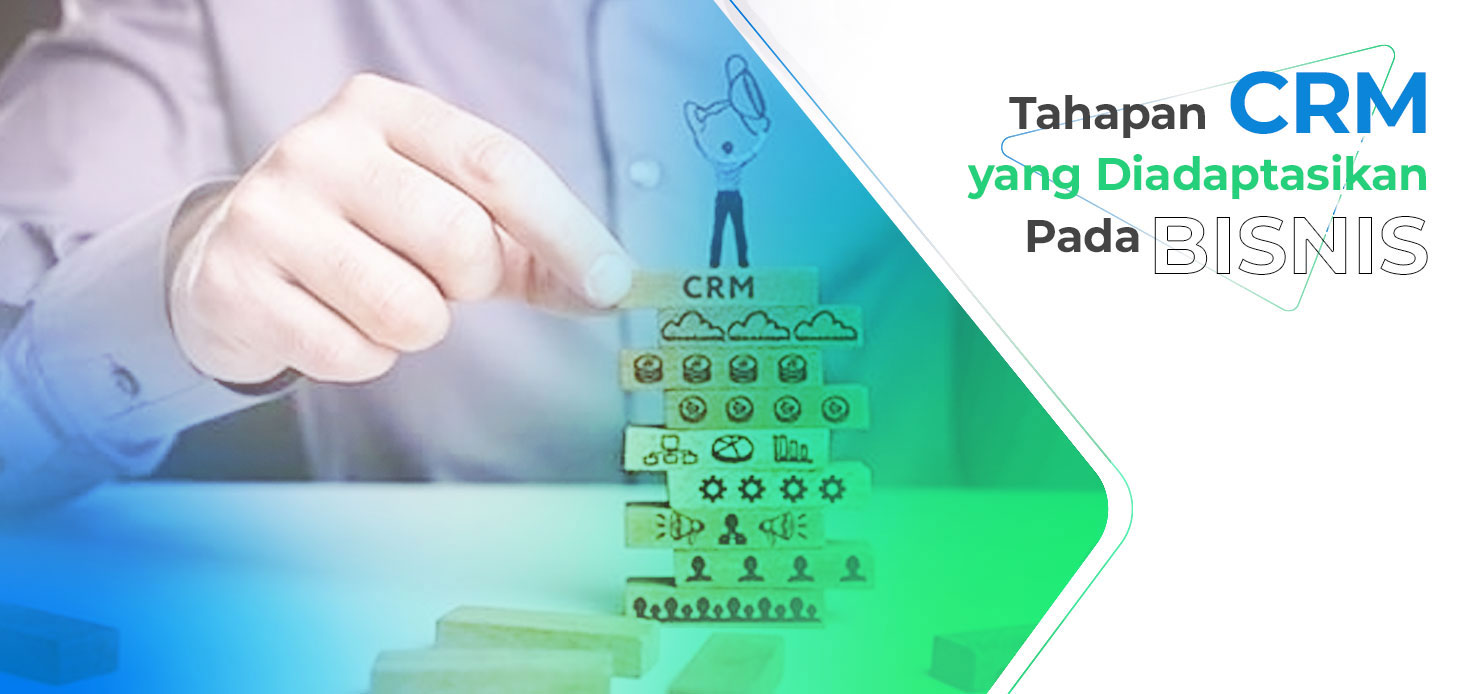CRM Stages Adapted to Business

Just like a good relationship with a partner, it takes effort to adapt Customer Relationship Management (CRM). Even though it doesn't happen overnight, CRM can be pursued with commensurate results.
Whether you're starting a new CRM initiative or continuing an existing one, you need to start with the mindset of implementing a new system as a transformative process. This process will involve organizational culture, thoroughness and perseverance from its leaders.
CRM aligns marketing, sales, and customer support functions to provide better customer service. Through a series of integrated processes, a business will gain detailed insight into how to develop its products.
As an initial strategy, CRM needs to be implemented in stages. Furthermore, you can also use CRM tools to identify, evaluate, and channel various marketing, sales, and customer service efforts through one solution. The following are the stages of CRM that you need to know to develop your business
1. Acquire
The first stage in carrying out marketing efforts begins with acquiring new customers (acquire). The process or strategy used to get customers is also called the acquisition stage.
The key to acquiring new customers is to make the best impression on potential customers. This is usually done by implementing a strong branding strategy to attract customers.
In this first stage, a business can receive customer information such as email addresses, telephone numbers, residence location, and so on. This can be used as data that is considered to convey information or personalized product offers.
For example, some service businesses may receive inquiries regarding the price of a large number of services. After the first stage carried out by potential customers, you can try to ask for their contact. Give attractive offers that are no less competitive than competitors so that customers will decide to choose your service.
2. Enhance
In the next stage, a business must try to improve its relationship with existing customers by providing the best service. This can be done by receiving and handling complaints regarding product purchases or giving rewards to loyal customers in the form of discounts or shipping discounts.
This stage is also known as conversion, namely when customers have received the goods or services they need from your business. The important thing to focus on at this stage is ensuring your customers have a pleasant transaction experience.
This stage is also the right time to analyze the effectiveness of the marketing techniques used by your business. This will be very helpful in determining the most profitable strategy for generating transactions.
3. Retain
Customers who have made several transactions must be kept loyal to your product. This process is called retention. In order to get through this stage, usually a business needs to make efforts to retain customers so they continue to interact and make transactions.
If you have succeeded in getting loyal customers, you might also get word of mouth marketing. Satisfied customers can recommend your products to people around them. In this way, you will immediately gain good relationships to disseminate the products or services offered by the business.
Usually, the methods used by a business to achieve the retain process also vary. This can be done by offering the same product repeatedly or buying other products (cross sell).
Keep in mind that your marketing strategy doesn't stop when you adapt your CRM strategy. CRM strategy and database management require an ongoing process to drive behavior and solve subsequent challenges by leveraging information and defining new, more efficient operational processes.
If you want to learn segmentation, targeting and appropriate communication methods to create a CRM strategy, you can take part in the Integrated Marketing Communication program from Prasmul Eli. Like business changes, CRM that can support company growth can also produce great benefits only if it is managed well.
To be able to understand and implement a sustainable CRM strategy, you should also understand the method, psychology and operational aspects well. Not only can it be used as a short-term strategy, you can also design a profitable long-term business strategy
